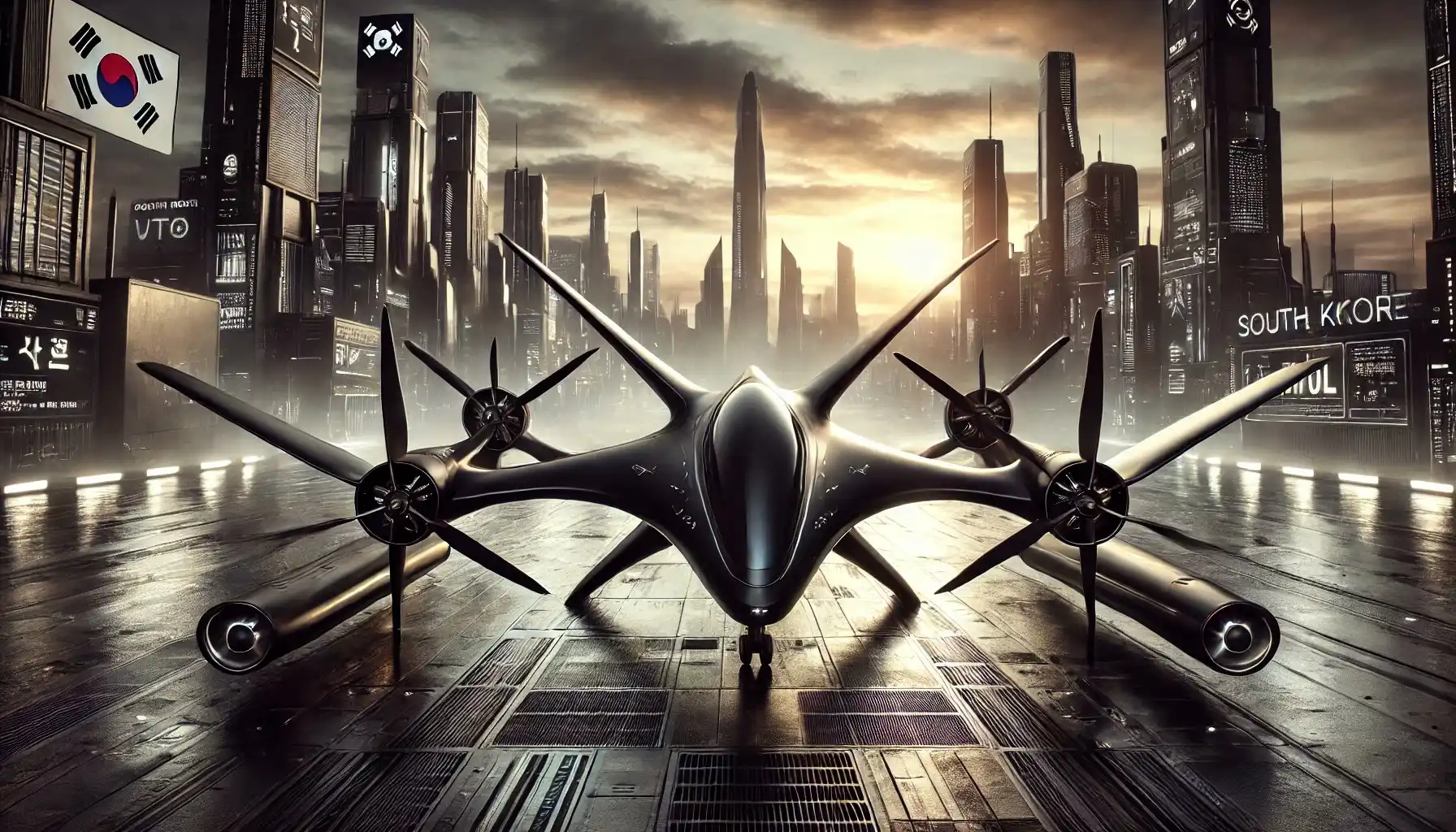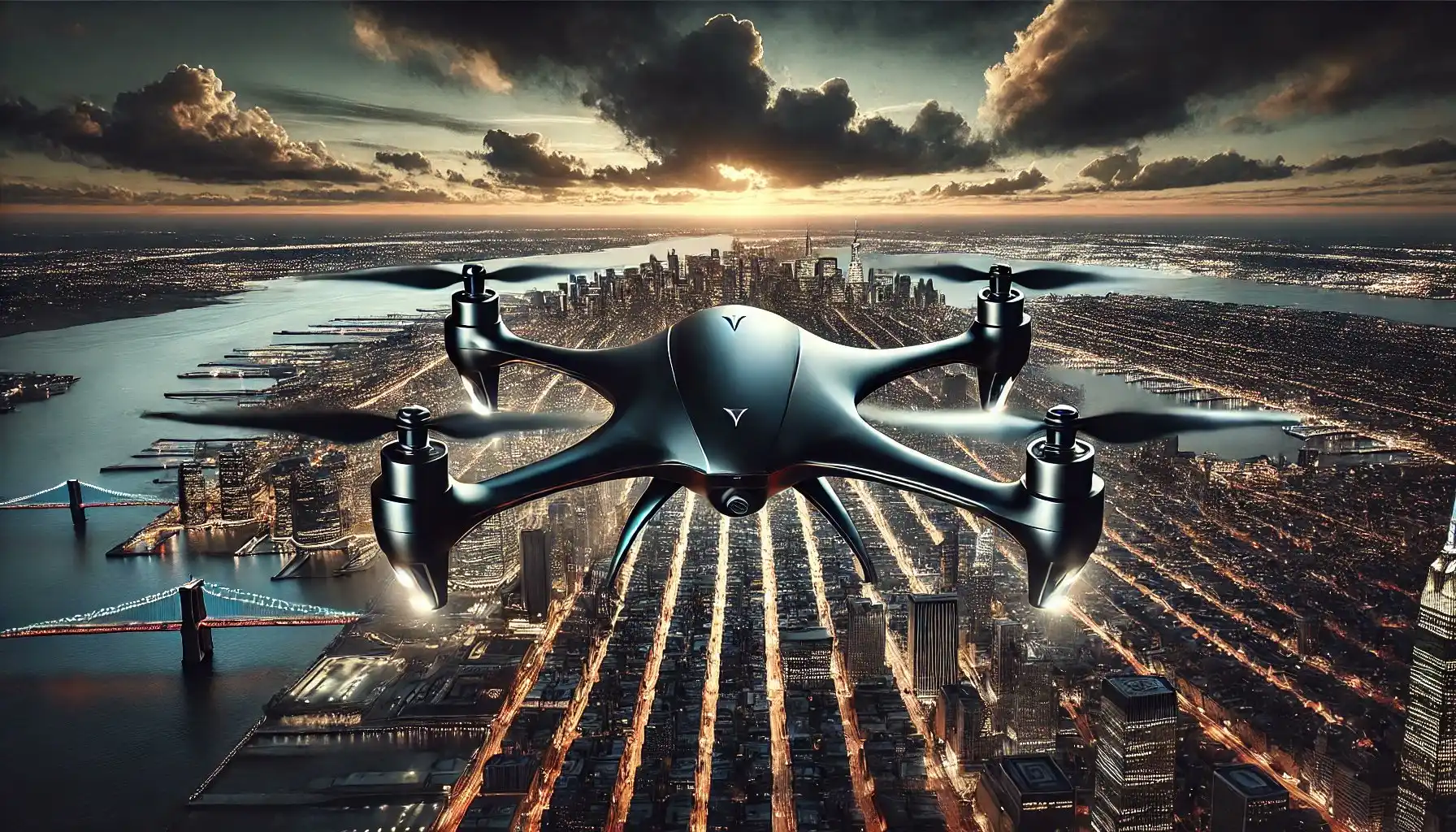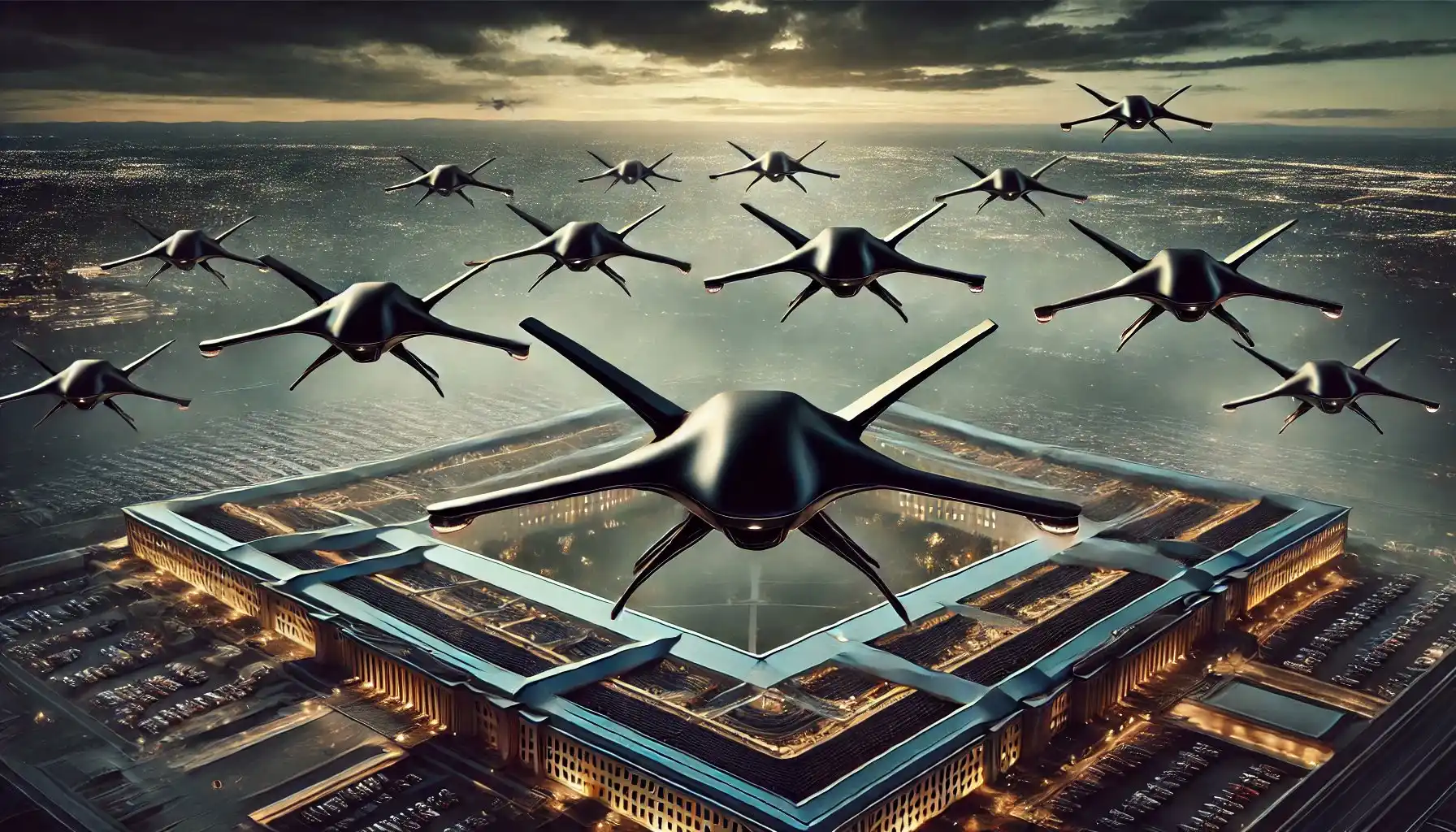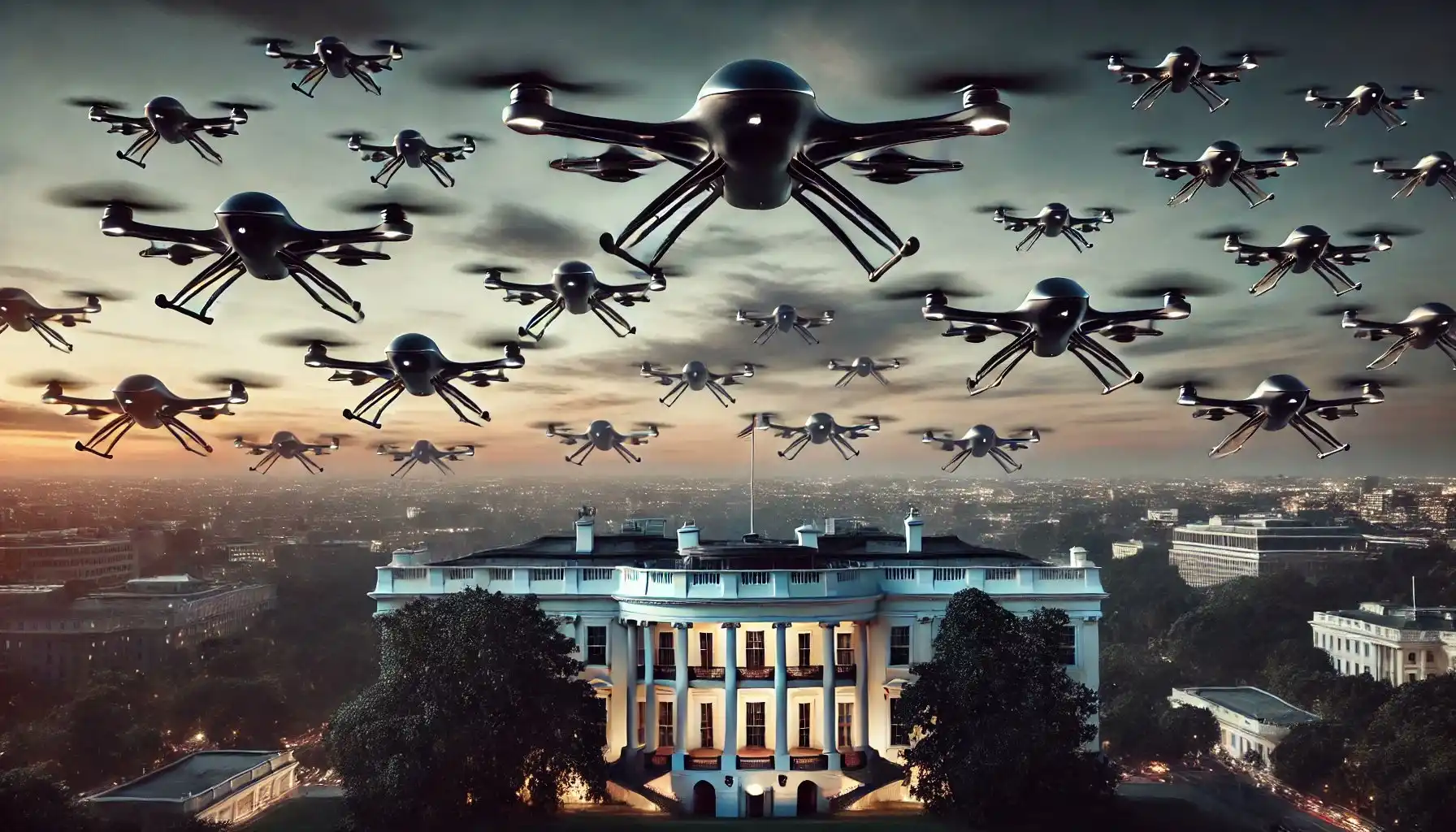1. Introduction
2. Design Overview
2.1 Hydrogen Storage
2.2 Fuel Cell Power
2.3. Hybrid VTOL + Fixed-Wing Optimization:
2.4. Auxiliary Systems
3. Flight Performance
3.1. Extended Endurance
3.2. High Payload Capacity
3.3. Silent, Clean Operation
4. Control and Remote Operations
4.1. Long-Range Command and Control
4.2. Autonomous Capabilities
5. Advantages Over Conventional Power Sources
5.1. Gas-Powered UAVs
5.2. Lithium Batteries
6. Challenges and Solutions
6.1. Hydrogen Infrastructure
6.2. Durability and Safety
6.3. Cost Production
7. Future Prospects
7.1. Commercial
7.2. Military & Security
7.3. Humanitarian & Environmental
7.4. Integration with Other Clean Technologies
8. Technical Conclusion
9. Conclusion
10. Appendix: The Science
11. Notes
11.1 Asia is the Leader in Drone Technology
11.2 Fictional Images









Related Content:
Title: ⚡”ALERT!!!: US NUCLEAR BOMB SCARE, MAJOR EVENT IMMINENT? WHAT ARE THEY HIDING? w/ John Ferguson” https://youtu.be/heAHSk1n7LE?feature=shared
Title: “ABC Pays Trump $15M, January 6 Cover Up, Trudeau To Resign, NJ Drone Theories | PBD Podcast | Ep 521” https://www.youtube.com/live/s7EBveVDRa4?feature=shared
Title: “Former FBI agent EXPOSES the truth of the UFO invasion (one year later) | Redacted” https://youtu.be/FE1iqDC6RN8?feature=shared
Title: “Canadians. Are our lives worth anything? Can we decide on our future instead of globalists? Is this why Trudeau spent 2.5 trillion on office work, instead of real GDP, or military & did gun bans?” https://youtu.be/bxglHSaRuKo?feature=shared
HOGREEN AIR Page: https://www.hogreenair.com/drone_eng/
SGT Military Page: https://skillsgaptrainer.com/category/military-science/
SGT Communications Page:https://skillsgaptrainer.com/category/communications/
To see our Donate Page, click https://skillsgaptrainer.com/donate
To see our YouTube Channel, click https://www.youtube.com/@skillsgaptrainer